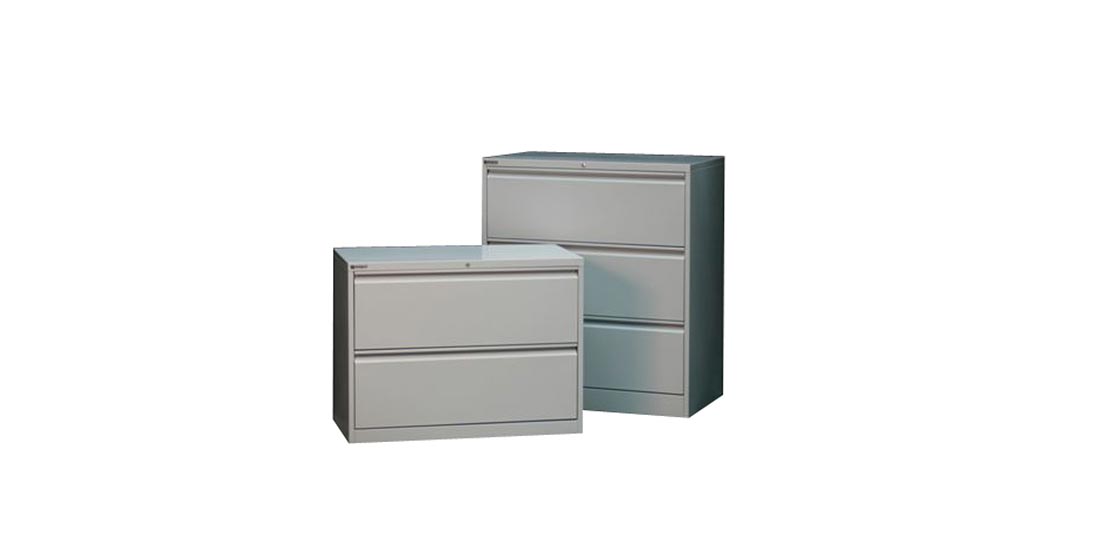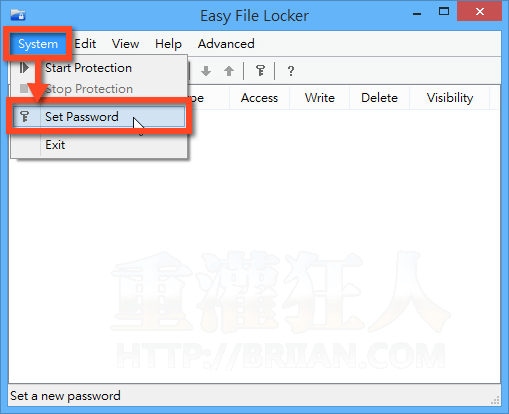

Be patient, it might take awhile to generate the rules. On the Rule Preferences page, click Next.

Type a name to identify this set of rules, and then click Next. Select the folder that contains the apps that you want to permit, or select C:\ to analyze all apps. Right-click Executable Rules and then click Automatically generate rules. Go to Security Settings > Application Control Policies > AppLocker, and select Configure rule enforcement.Ĭheck Configured under Executable rules, and then click OK. Run Local Security Policy (secpol.msc) as an administrator. Use AppLocker to set rules for appsĪfter you install the desired apps, set up AppLocker rules to only allow specific apps, and block everything else. For desktop apps, you can install an app for all users without logging on to the particular account. For UWP apps, you must log on as that user for the app to install. This works for both Unified Windows Platform (UWP) apps and Windows desktop apps. You can also use AppLocker to set rules for applications in a domain by using Group Policy.įirst, install the desired apps on the device for the target user account(s). This topic describes how to lock down apps on a local device. For more information, see How AppLocker works. However, when an AppLocker rule for a specific rule collection is created, only the files explicitly allowed in a rule are permitted to run. If no AppLocker rules for a specific rule collection exist, all files with that file format are allowed to run. AppLocker rules specify which apps are allowed to run on the device.ĪppLocker rules are organized into collections based on file format. You can restrict users to a specific set of apps on a device running Windows 10 Enterprise or Windows 10 Education by using AppLocker. For devices running Windows 10, version 1709, we recommend the multi-app kiosk method.


 0 kommentar(er)
0 kommentar(er)
